
NGC 1087 is an intermediate spiral galaxy in Cetus. The central bar/core is very small with many irregular features in the surrounding disk of material. With the many strange features of NGC 1087, its true nature is still uncertain. It has an extremely small nucleus and a very short stellar bar. Unlike most barred galaxies, the bar apparently has some new star-formation taking place. There is a multiple spiral structure defined more by the dust lanes than by luminous matter. Overall, the disc has a very low surface brightness. Even though it appears close to another galaxy, these two galaxies are not interacting and should be considered isolated from one another.

NGC 6357 is a diffuse nebula near NGC 6334 in the constellation Scorpius. The nebula contains many proto-stars shielded by dark discs of gas, and young stars wrapped in expanding "cocoons" or expanding gases surrounding these small stars. It is also known as the Lobster Nebula. This nebula was given the name War and Peace Nebula by the Midcourse Space Experiment scientists because of its appearance, which, in infrared images the bright, western part resembles a dove, while the eastern part looks like a skull. A petition by anime fans to rename it as the Madokami nebula, due to resemblance with a character, did not prosper.

NGC 24 is a spiral galaxy in the southern constellation of Sculptor, about 23.8 megalight-years distant from the Milky Way. It was discovered by British astronomer William Herschel in 1785, and measures some 40,000 light-years across. The general shape of this galaxy is specified by its morphological classification of SA(s)c, which indicates it is an unbarred spiral with no ring-like structure and moderate to loosely-wound spiral arms. This galaxy is positioned in the vicinity of the Sculptor Group, but is actually a background object that is more than three times as distant. It may form a pair with another background galaxy, NGC 45.
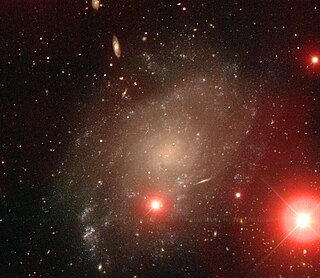
NGC 45 is a low surface brightness spiral galaxy in the equatorial constellation of Cetus. It was discovered on 11 November 1835 by the English astronomer John Herschel. The galaxy is located at a distance of 22 million light years and is receding with a heliocentric radial velocity of 466 km/s. It is located in the vicinity of the Sculptor Group, but is most likely a background galaxy.
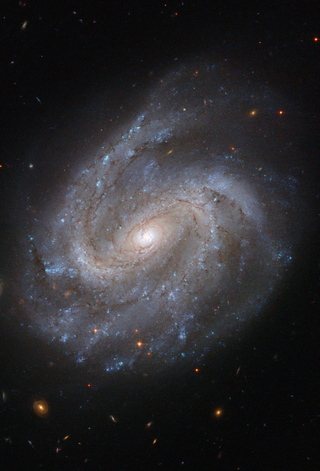
NGC 201 is a spiral galaxy in the constellation of Cetus. It is one of the group members of HCG 7, with the other group members NGC 192, NGC 196, and NGC 197. It was discovered on December 28, 1790 by William Herschel.
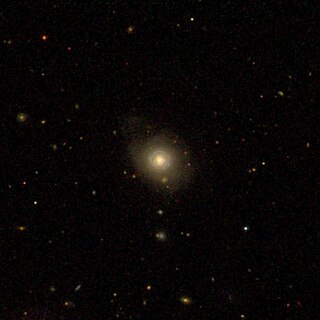
NGC 118 is a spiral galaxy of type S(rs)a? pec with an apparent magnitude of 13.6 located in the constellation Cetus. It was discovered on September 23, 1867 by the astronomer Truman Safford.

NGC 126 is a lenticular galaxy that was discovered on November 4, 1850 by Bindon Stoney, the very same day he discovered NGC 127 and NGC 130.

NGC 130 is an unbarred lenticular galaxy. It was discovered on November 4, 1850 by Bindon Stoney, the very same day he discovered NGC 126 and NGC 127. This galaxy belongs in the NGC 128 group of galaxies.
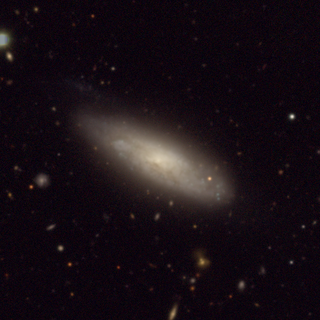
NGC 131 is a spiral galaxy that was discovered on September 25, 1834, by John Herschel. This galaxy belongs in the NGC 134 group of galaxies: NGC 115, NGC 148, NGC 150, PGC 2000, IC 1555, and PGC 2044.

NGC 259 is a spiral galaxy located in the constellation Cetus. It was discovered by William Herschel in 1786.

NGC 4907 is a barred spiral galaxy located about 270 million light-years away in the constellation of Coma Berenices. It is also classified as a LINER galaxy. NGC 4907 was discovered by astronomer Heinrich d'Arrest on May 5, 1864. The galaxy is a member of the Coma Cluster, located equidistant between NGC 4928 and NGC 4829.

NGC 521, also occasionally referred to as PGC 5190 or UGC 962, is a spiral galaxy located approximately 224 million light-years from the Solar System in the constellation Cetus. It was discovered on 8 October 1785 by astronomer William Herschel.

NGC 4580 is an unbarred spiral galaxy located about 70 million light-years away in the constellation Virgo. NGC 4580 is also classified as a LINER galaxy. It was discovered by astronomer William Herschel on February 2, 1786 and is a member of the Virgo Cluster.

NGC 813 is a lenticular galaxy in the constellation Hydrus. It is estimated to be 390 million light-years from the Milky Way and has a diameter of approximately 140,000 ly. NGC 813 was discovered on November 24, 1834 by the British astronomer John Herschel.

NGC 814 is a lenticular galaxy in the constellation Cetus. It is estimated to be about 70 million light-years from the Milky Way and has a diameter of approximately 30,000 ly. NGC 814 was discovered on January 6, 1886 by the American astronomer Ormond Stone.

NGC 802 is a lenticular galaxy in the constellation Hydrus. It is about 68 million light-years from the Milky Way and has a diameter of about 20,000 light years. NGC 802 was discovered on November 2, 1834 by the British astronomer John Herschel.
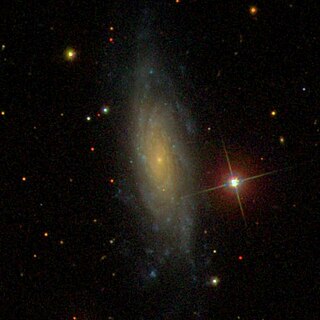
NGC 803 is a spiral galaxy located in the constellation Aries about 70 million light-years from the Milky Way. It was discovered by the German–British astronomer William Herschel in 1784.

NGC 781 is a spiral galaxy in the constellation Aries. It is estimated to be about 154 million light years from the Milky Way and has a diameter of approximately 70,000 light years. NGC 781 was discovered on October 16, 1784 by the German-British astronomer William Herschel.
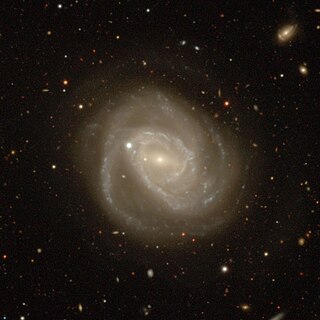
NGC 782 is a barred spiral galaxy located in the constellation Eridanus about 160 million light-years from the Milky Way. It was discovered by British astronomer John Herschel in 1834.
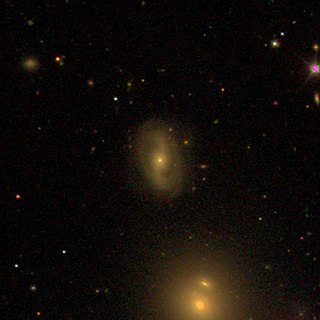
NGC 998 is a spiral galaxy in the constellation Cetus. It is estimated to be 294 million light years from the Milky Way and has a diameter of approximately 90,000 ly. Together with NGC 997, it forms a gravitationally bound pair of galaxies. NGC 998 was discovered by astronomer Albert Marth on 10 November 1863 using a 48-inch telescope.




















